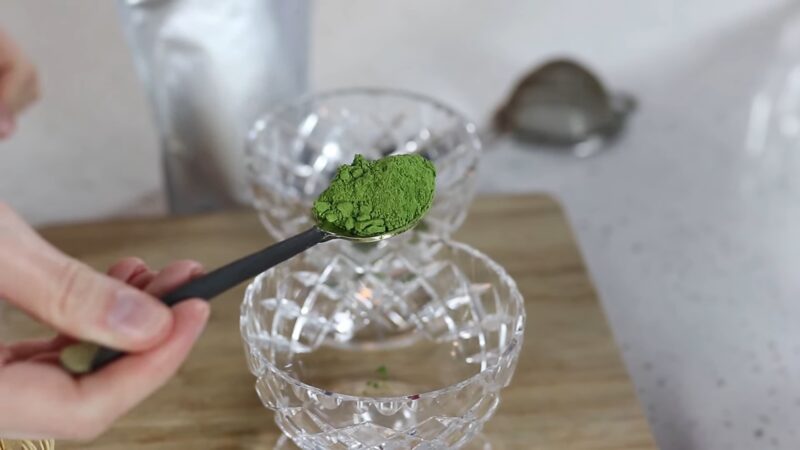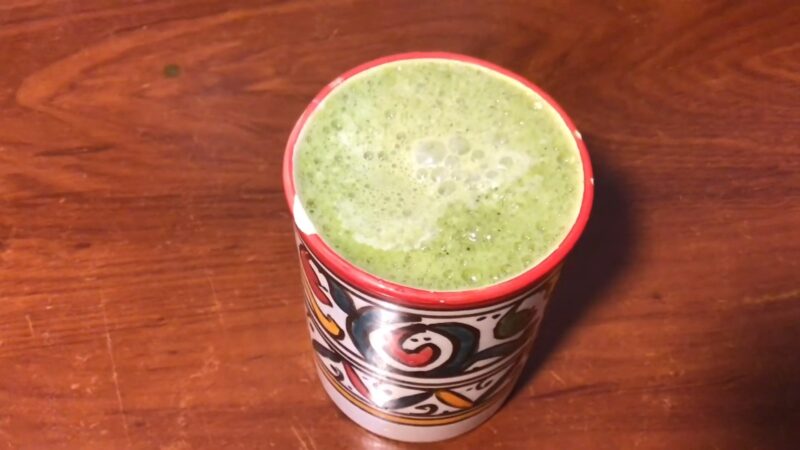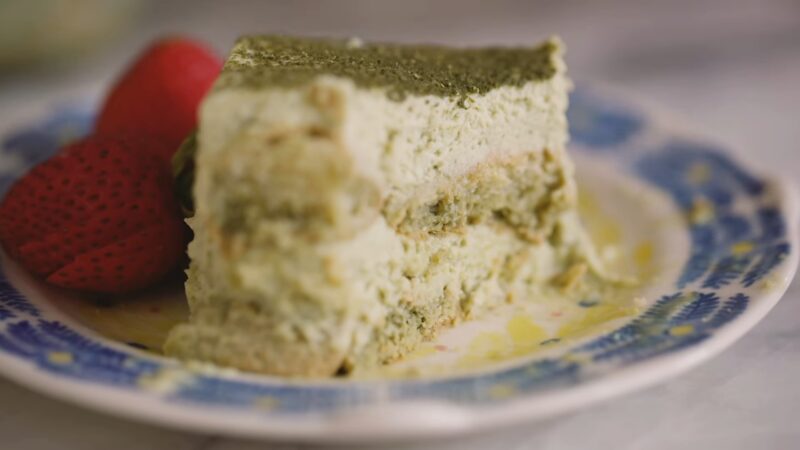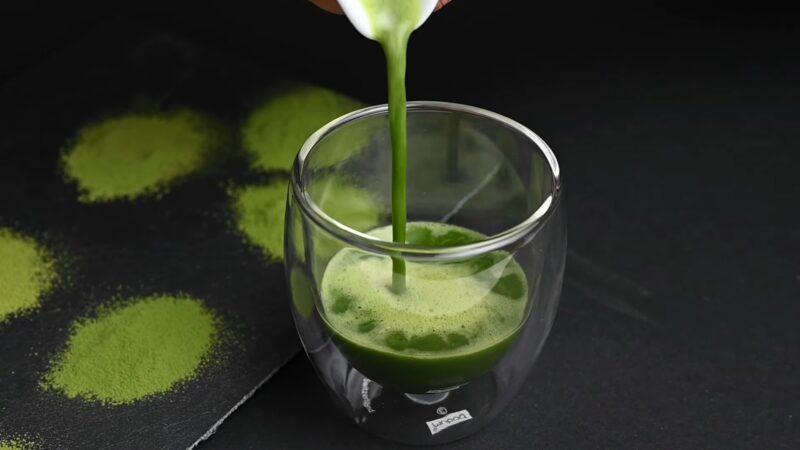Matcha enthusiasts, rejoice! If you’re on the hunt for the best matcha in Chicago that isn’t overly sweetened and boasts that rich, dark green hue, you’re in the right place.
Today, I’m unveiling my top picks for the most delectable matcha lattes in the Windy City. For those who might be new to the world of matcha, let’s start with a brief introduction.
Traditional Japanese green tea is ground into a fine powder. Its delicate taste and texture require it to be sifted and whisked before consumption. Some liken its taste to grass, which is why many establishments sweeten it.
However, the beauty lies in its balance between natural sweetness and bitterness.
Why Matcha?

- Caffeine Content: Matcha is a fantastic coffee alternative, packing about half the caffeine of a regular coffee cup. So, you get that gentle boost without the jitters.
- Taste and Quality: Not all matcha is created equal. There’s the ceremonial grade, which is darker and meant to be consumed plain, and there’s the culinary grade, which is lighter and ideal for cooking. Your choice will depend on your taste preference.
Colors
Ever noticed the varying shades of green in different matcha powders? Let’s break it down.
Light Green
This shade often resembles mint chip ice cream (minus the chips). It’s typically indicative of culinary-grade matcha, which is best suited for cooking and baking.
Dark Green
A deeper green signifies ceremonial grade matcha. This is the traditional matcha meant for drinking. It’s pure, without any additives, offering an authentic matcha experience.
Top Spots in Chicago
Now, for the moment you’ve been waiting for. Here are my top recommendations for the best lattes in Chicago:
CC Ferns (Humboldt Park)
This cozy spot is a hidden gem. With its dark, moody ambiance and massive brown mugs, it’s the perfect place to unwind.
Their is unsweetened and boasts a vibrant green color. A must-visit!
Amazon Bookstore (Lakeview)
Located just a block away from where I used to live, this place holds a special place in my heart. Not only do they serve unsweetened matcha lattes, but they also offer Oatly’s oat milk.
It’s a coffee shop and bookstore rolled into one, making it perfect for a relaxing afternoon.
Heritage Bicycles
With multiple locations across the city, Heritage Bicycles is both photogenic and cozy. Their matcha lattes, especially with Oatly, are a treat. Plus, it’s a coffee shop and bike shop in one.
How cool is that?
Exploring Blends

While a traditional latte is a treat in itself, many establishments are getting creative with their blends. Let’s explore some unique concoctions.
With Nut Milks
Nut milk like almond, cashew, and macadamia add a creamy texture and subtle nutty flavor to the matcha, enhancing its taste. Some places even offer homemade nut milk, ensuring a fresh and rich flavor.
Infusions
From peppermint matcha lattes to matcha with a hint of lavender, the infusion possibilities are endless. These additions bring a new dimension to the traditional matcha flavor.
The Art of Preparation
The preparation of matcha is an art in itself. Let’s delve into the intricacies of making the perfect cup.
Whisking
The traditional method involves using a bamboo whisk called a “chasen.” The whisking process aerates, giving it a frothy top and ensuring no clumps.
Temperature Matters
The water temperature for matcha should be just below boiling. Too hot, and you risk burning the delicate tea leaves, leading to a bitter taste.
Beyond Lattes: in Food

Matcha isn’t limited to just beverages. Its unique flavor profile makes it a popular ingredient in various dishes.
Desserts
From matcha ice cream to matcha-infused cakes and pastries, the dessert possibilities are endless. The slight bitterness balances out the sweetness of desserts, making for a delightful treat.
Savory Dishes
Believe it or not, matcha can be incorporated into savory dishes too! Think matcha-infused pasta sauces or-flavored broths. It adds a unique twist to traditional recipes.
FAQ
What are the health benefits?
Matcha is rich in antioxidants, particularly catechins, which may help protect against cell damage. It can also boost metabolism, enhance mood and concentration, and may help lower the risk of certain diseases.
How is matcha different from regular green tea?
While both come from the same plant, matcha is made from tea leaves that are shade-grown, leading to higher chlorophyll content. The leaves are then ground into a fine powder, whereas regular green tea is steeped and discarded.
Can I make it at home?
Absolutely! All you need is matcha powder, a whisk, and hot water. There are many tutorials available online to guide you through the process.
Is it safe for everyone?
While matcha is generally safe for consumption, it does contain caffeine. Those sensitive to caffeine or with certain medical conditions should consult with a healthcare professional before consuming.
Can I cook with matcha?
Yes! Matcha can be incorporated into a variety of recipes, from smoothies and lattes to baked goods and savory dishes.
How should I store it?
To retain its freshness and flavor, matcha should be stored in an airtight container in a cool, dark place, away from direct sunlight.
Final Words
Chicago’s matcha scene is a testament to the versatility and allure of this traditional Japanese green tea. Whether you’re a seasoned matcha lover or new to its charm, the city offers a plethora of options to explore and savor.
As the matcha wave continues to grow, it’s exciting to think of the innovative blends and creations that await us. So, here’s to many more matcha moments in the Windy City!
If you’re interested in food-related content, be sure to read our article on enjoying protein bars alongside a refreshing smoothie.
